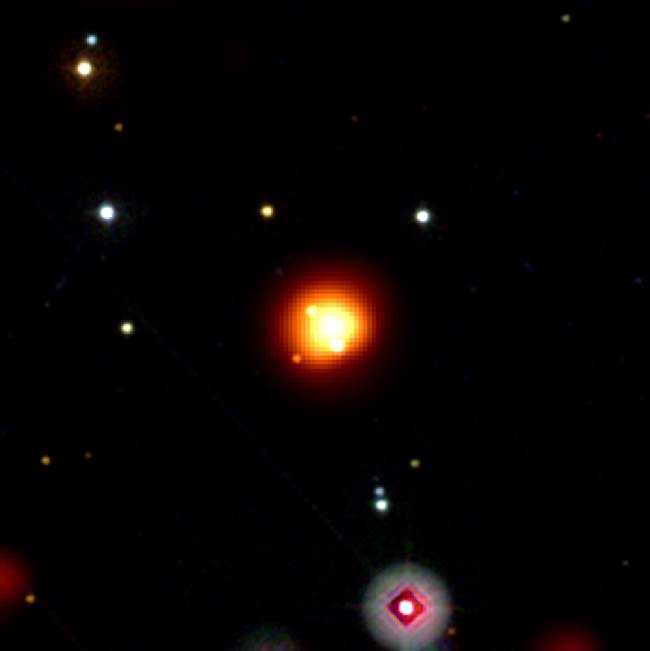
A few days ago, something remarkable has been captured by NASA’s telescopes, as an unusual set of Gamma rays were picked up by the Swifst satellite. What’s so remarkable about the find is that the respective burst of Gamma rays is the farthest such discovered, and, according to NASA’s specialists, originated from an explosion near the edge of the visible Universe.
Initial research shows the blast, dubbed GRB 080913 by scientists, came to be after a star, located more then 12.8 billion light-years away, died off and exploded. Considering the Universe is thought to be 13.7 billion years old, the find becomes even more interesting, as it may provide yet another glimpse on how the Universe was formed.
“This burst accompanies the death of a star from one of the universe’s early generations,” says Patricia Schady of the Mullard Space Science Laboratory at University College London, who is organizing Swift observations of the event.
Astronomers on the ground followed up as well. Using a 2.2-meter telescope at the European Southern Observatory in La Silla, Chile, a group led by Jochen Greiner at the Max Planck Institute for Extraterrestrial Physics in Garching, Germany, captured the burst’s fading afterglow in other wavelengths of light.
GRB 080913 was 70 million light-years farther than the previous record holder.






